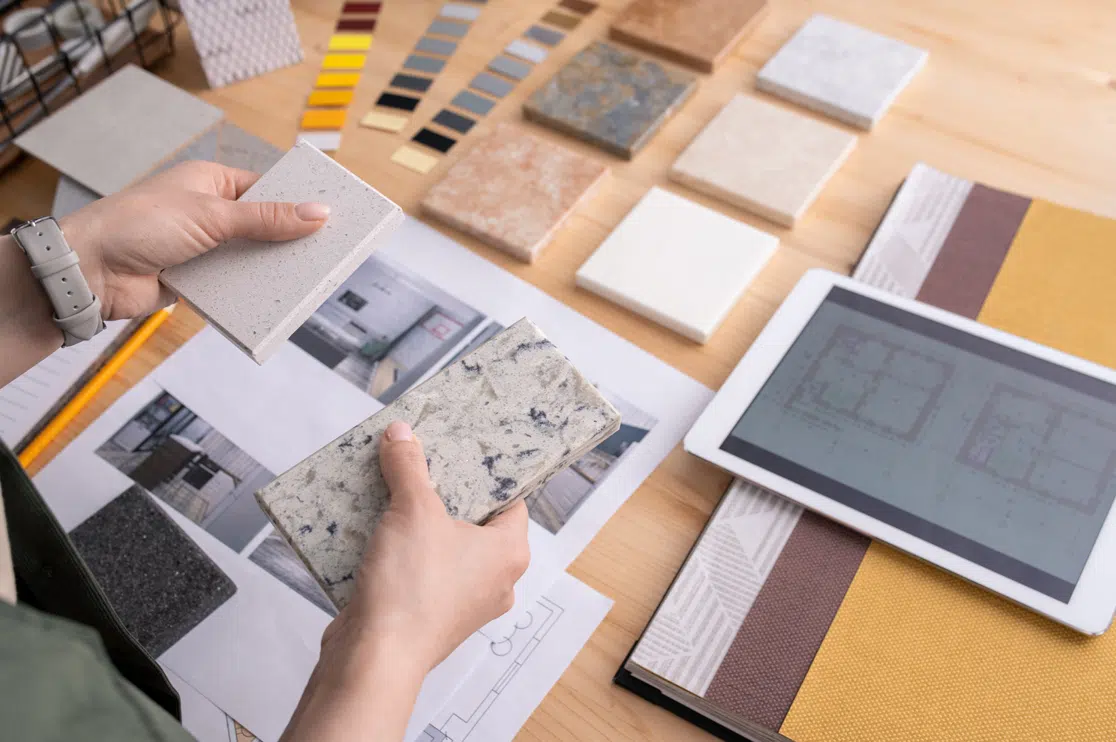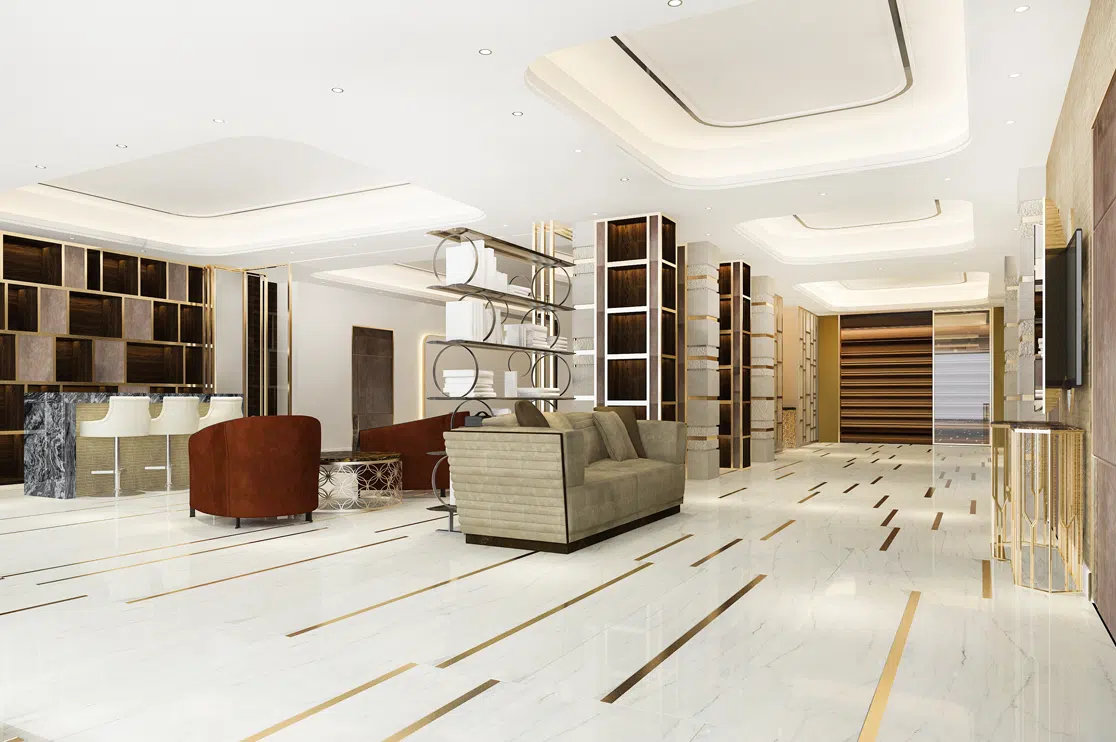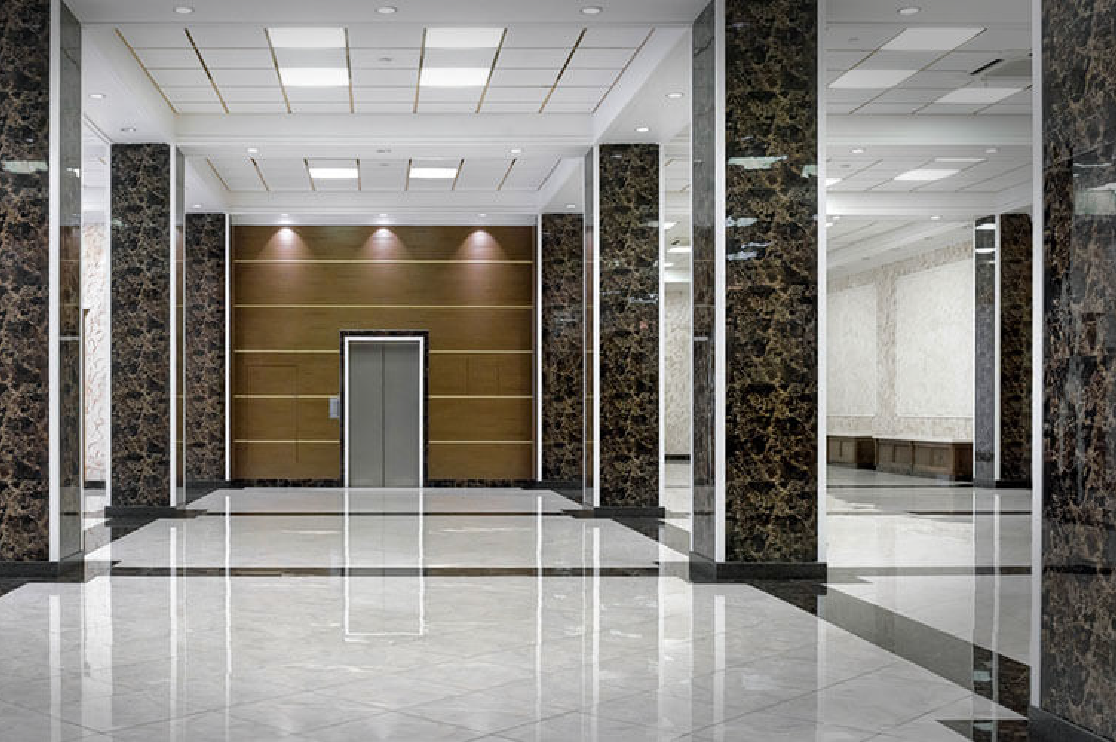“ CAD designs are at a lesser risk of damage than paper drawings as they are easy to handle and convey. It requires less effort to draft multiple drawings.“
Computer Aided Design (CAD) is a replacement for paper-based architectural drawings. CAD designs are at a lesser risk of damage than paper drawings as they are easy to handle. It requires less effort to draft multiple drawings. With technology and a focused approach, architectural walkthroughs and 3D renderings can be based on the client’s requirements.
Standards and Norms
The most common architectural, engineering and construction standards are the AIA CAD Layer Guidelines, 2nd edition (1997), which are extensively used in the USA; ISO 13567-1/3, international standard, common in Northern Europe; BS 1192 part 5, a simplified adaptation of the ISO standard based on CI/SfB; AEC (UK), an adaptation of BS1192 based on Uniclass. Other methodologies and standards used globally include those certified by the Indian Institute of Architects, the Royal Australian Institute of Architects and the Royal Institute of British Architects.
Featured Insights
AutoCAD And RFMS: Find the Perfect Fit for Your Tile & Stone Shop Drawing Projects
Exploring the Array of Tile & Stone Shop Drawing Services: Choose Your Right Solution
Mastering the Tile Shop Drawing Workflow: How Precision Prevents Costly Delays and Chaos
On Time, Everytime! Reasons to Choose BluEnt as Your Tile & Stone Shop Drawing Partner

















